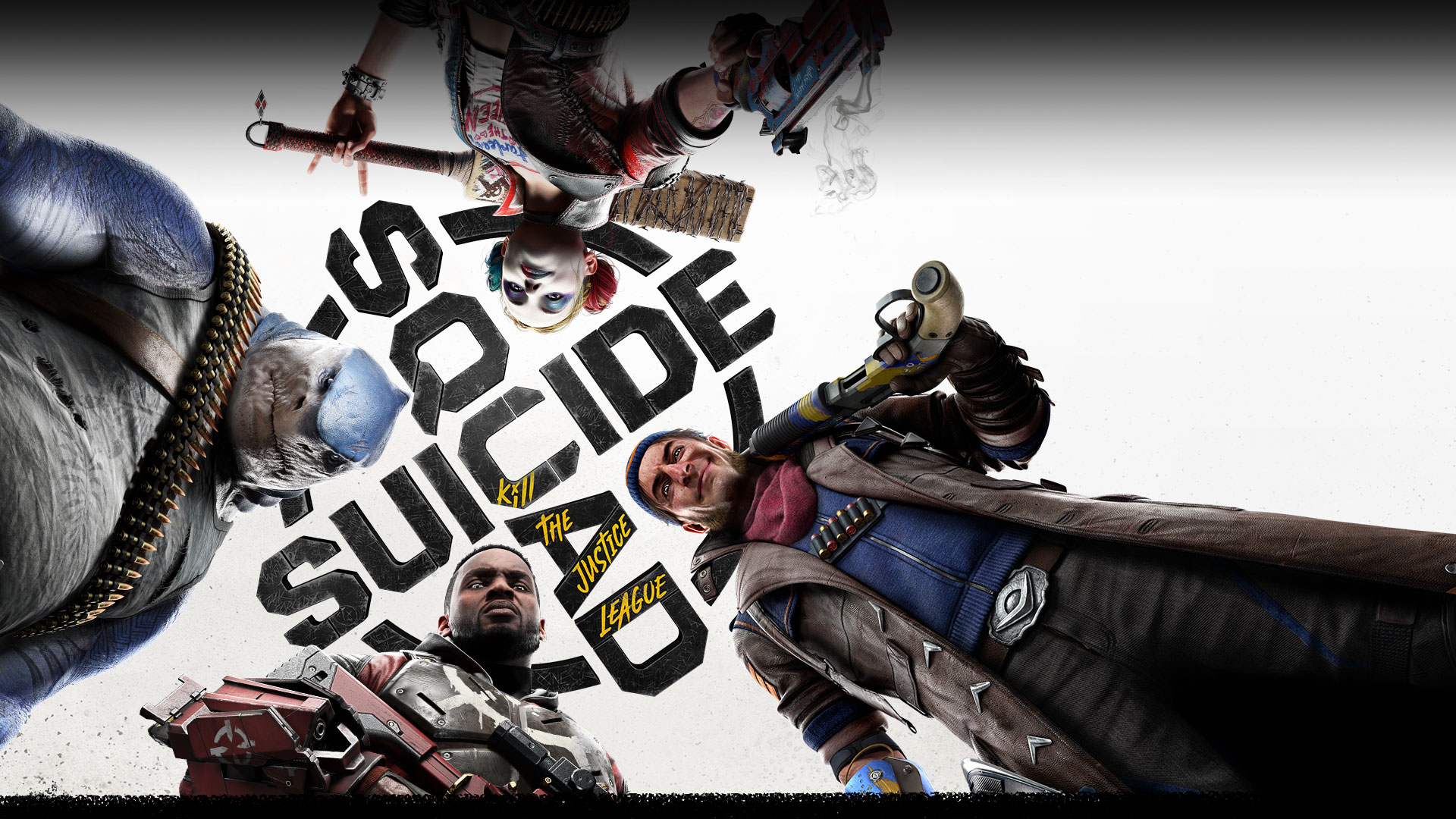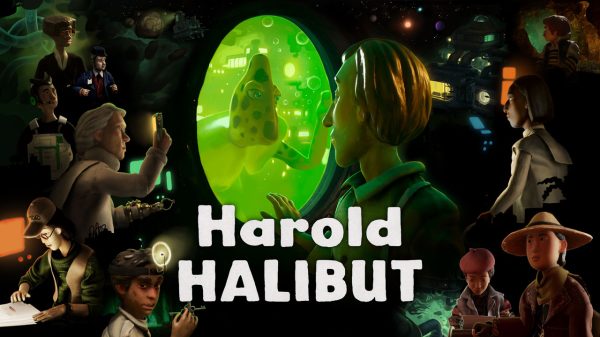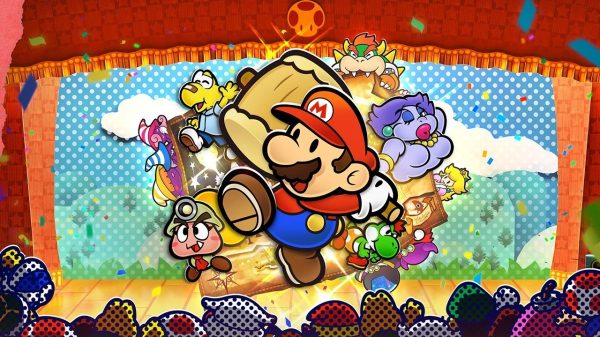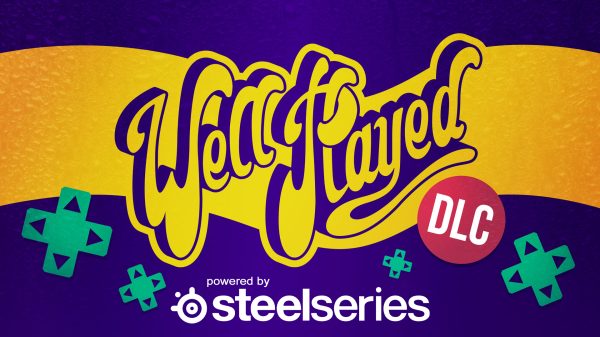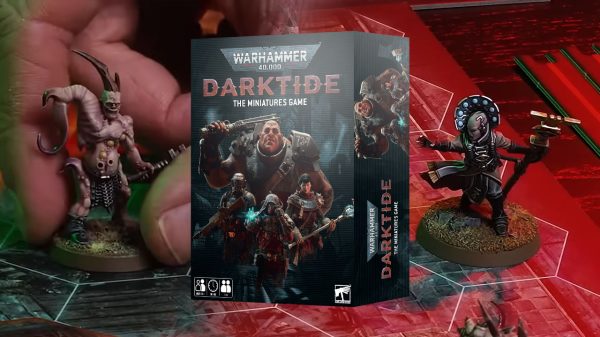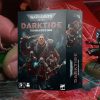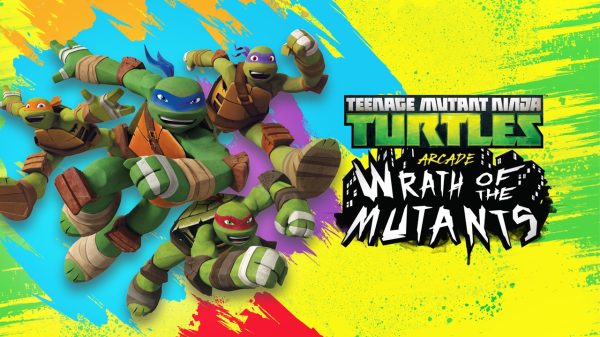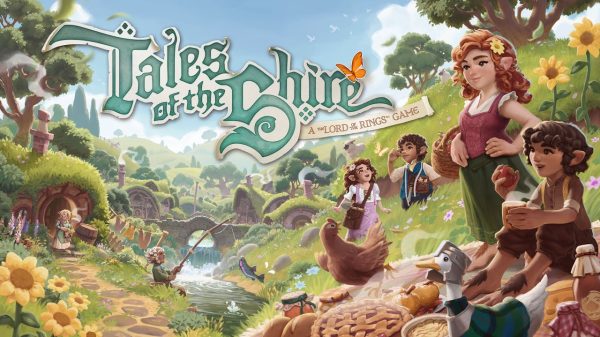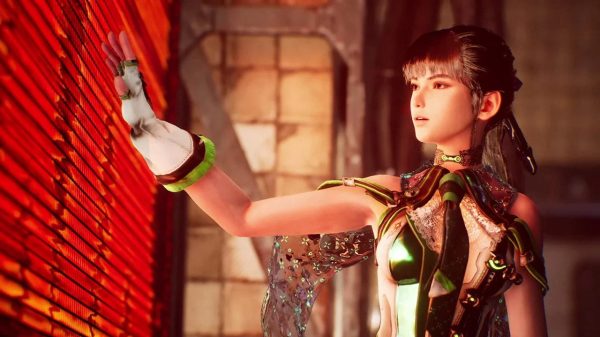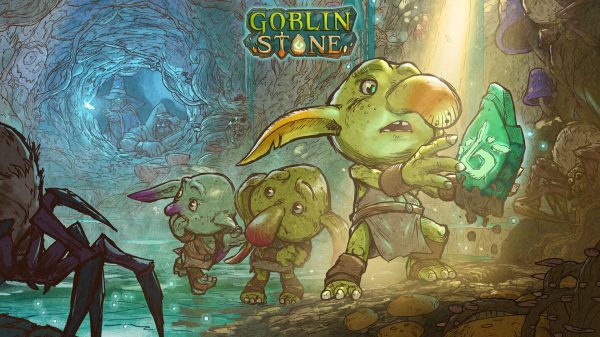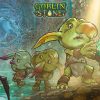I’ve been a DC comics fan since I was a young kid watching the animated Justice League series. Through good times and bad, I’ve watched as Superboy-Prime punched a hole in reality to explain away another comic reboot, I’ve watched as the MCU built out an interconnected universe while David Ayer gave us “some kind of Suicide Squad,” and I’ve survived through whatever the hell the CW ended up being past Arrow season two. Being a DC diehard felt like the masochist’s choice for a number of years, but then Rocksteady kick swooped in from atop a gargoyle and changed the action genre for the next decade with the Arkham series. It’s cliched and overplayed nowadays, but Arkham Asylum was the first game I ever played that made me feel like the protagonist, and when that protagonist is the Caped Crusader it’s all the more exhilarating.
It would take Rocksteady nine years to release its next game in the Akrhamverse after closing out the trilogy of Batman games in 2015 with Arkham Knight. With a lot of anticipation and the weight of the shared gaming universe on its shoulders, Suicide Squad: Kill the Justice League faced an uphill struggle as far back as its 2020 reveal trailer, let alone once it was outed as a live-service shooter. I was as apprehensive as everyone else, particularly after a few disastrous trailers and previews, but I still held out hope that Rocksteady had enough magic left to keep the wheels turning on the series that deepened my appreciation for an entire world of heroes and villains.
At the time of publication, I finished Suicide Squad’s campaign well over a week ago. I had hoped, maybe, that if I had to sit on my thoughts before committing them to review, there was an off chance that a cooler head would also be a kinder one. Unfortunately, I could wait in a cell with Calendar Man all year and the unbearable disappointment I feel towards Kill the Justice League would be waiting for me the minute I stepped out of confinement.

The looming presence of Brainiac is ever-present and promising…and then you fight him
Laying the cards out on the table, the game’s title tells you everything you need to know about the plot. Following a Brainiac invasion, members of the Justice League have been corrupted, turning into the most dangerous villains the world has ever known. In an act of pure desperation, Amanda Waller, Wardon of Iron Heights Prison, and all-around chipper chick, assembles Task Force X to enter Metropolis and eliminate the former heroes.
The team of four playable anti-heroes consists of Harley Quinn, Deadshot, King Shark and a viciously Australian Captain Boomerang. Each of the inmates-turned-unwilling-saviours offers a semi-unique playstyle, with the key difference between them being their means of traversing the city. Quinn employs a grappling hook to swing around, Deadshot floats and sputters with a jetpack, Boomer uses a Speed Force gauntlet to teleport to thrown boomerangs and King Shark leaps and bounds like only a demigod can. While I found a good groove with Shark, Boomer, and Deadshot, I actively disliked Harley’s movement, as the lengthy cooldowns between swings felt antithetical to the game’s apparent focus on momentum.
You would rightfully expect each villainous character’s combat abilities to be as distinct as their movement, but you should be reminded that Kill the Justice League is a shooter and not a character action title. Assault rifles, miniguns, shotguns, pistols, SMGs, they’re all here, and they all handle decently, with larger weapons having a reasonable kick to them. The shooting is serviceable and at times briefly enjoyable, but it leaves the game without a soul.
Mindlessly pointing and clicking on the weak spots of the thousandth bland Brainiac bot made me hyper-aware that I wasn’t playing an interactive adaptation of DC’s rogues’ gallery, I was wading through a product
I mentioned feeling like Batman when I played Arkham Asylum as I stalked goons in the darkness, picking them off one by one. Kill the Justice League is the antithesis of that, taking four awesome characters with rich history to draw on, stripping their defining traits, whacking a gun in their hand and hoping no one will notice that they could be swapped out for just about anyone. It’s made worse when combined with frustrating and nonsensical mechanics like needing to melee weakened enemies to regain shield, or the frankly insane bullet counter system that stuns highlighted enemies from a distance.
This bitter pill would be easier to swallow if the mission objectives were in any way engaging, but that just isn’t the case. With the vast majority taking place in the lifeless open world, objectives boil down to clear out waves of enemies, escort a payload from point A to B, protect a point, or collect X amount of resources. Matching the insultingly small pool of objectives is an equally infuriating selection of enemies. Outside of the boss encounters with the League, you will be exclusively shooting at Brainiac’s lifeless husks. Some are fast, some are big, some have more glowing weak points, some have fewer, but they all share the common trait of being dull and repetitive to engage with.
Mindlessly pointing and clicking on the weak spots of the thousandth bland Brainiac bot made me hyper-aware that I wasn’t playing an interactive adaptation of DC’s rogues’ gallery, I was wading through a product, one that I could invest in further if I tabbed over to the egregiously expensive in-game store to pick up an emote.
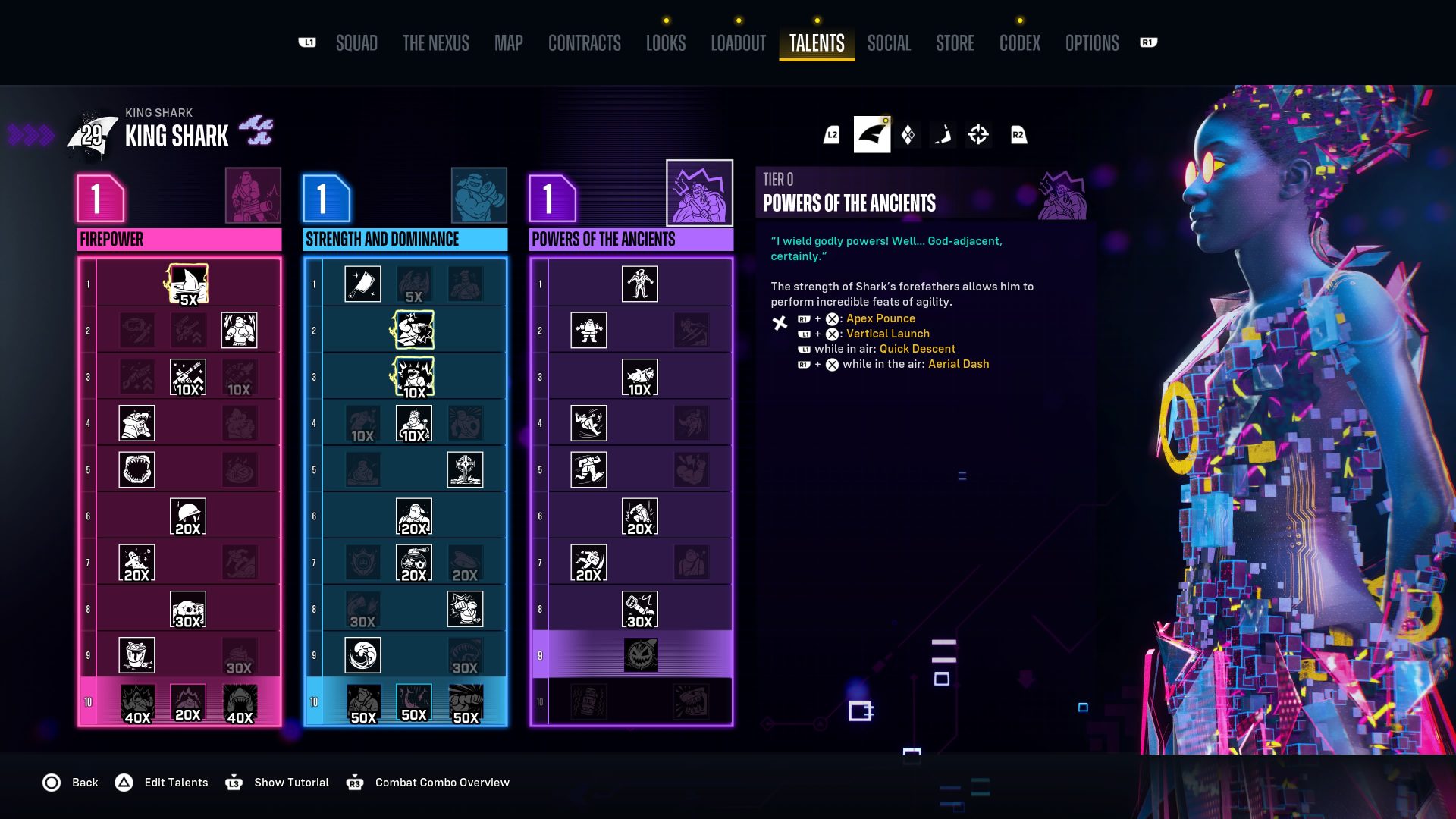
Each character has a skill tree, but don’t expect cool upgrades, it’s all percentages and number pumping
The game’s admittedly entertaining traversal (not you Harley) and insistence on keeping you in the open world makes it clear that momentum is fundamental. So then, why would it make a lick of sense to block your progression at every available juncture? Every single mission, no matter the size, is capped off with a forced cinematic highlighting the player who scored the most points, followed by the opening of a loot box that will contain another gun that might have higher numbers than the one you already have. In the few moments I felt myself having fun, I would be ripped back to the dreadful reality of the situation by these horrendous roadblocks. It all feels arbitrarily slotted in to cultivate a sense of competition that’s all but impossible to feel when left solely to the game’s mindless gameplay loops.
With all of these shortcomings, I held out hope that the confrontations with the League members, the game’s namesake, would be climatic and bombastic. I was wrong, again. Each of the Leaguers are fought in a semi-open arena and could very generously be likened to a raid boss in Destiny, just without any of the strategy or depth involved. They’re damage sponges that throw the same three attacks at you ad nauseum until you drain their massive health bar. The worst offender, and the reason I had to cool off before I started writing, is the game’s central antagonist, Brainiac, who recycles the exact same attack pattern as one the previous boss encounters but with added AOE bullshit and waves of irritating minions. Ending what was a wholeheartedly disappointing experience with a regurgitated encounter was insult added to injury.
Ironically, the one shining beacon in this depressing lineup was the Dark Knight himself. From his badarse introduction to a genuinely exciting mid-game interaction that I won’t spoil, to his boss fight that actually employed unique mechanics, Batman’s back must hurt more than when it was broken by Bane, because the ever-giving hero tried his best to carry the entire game.
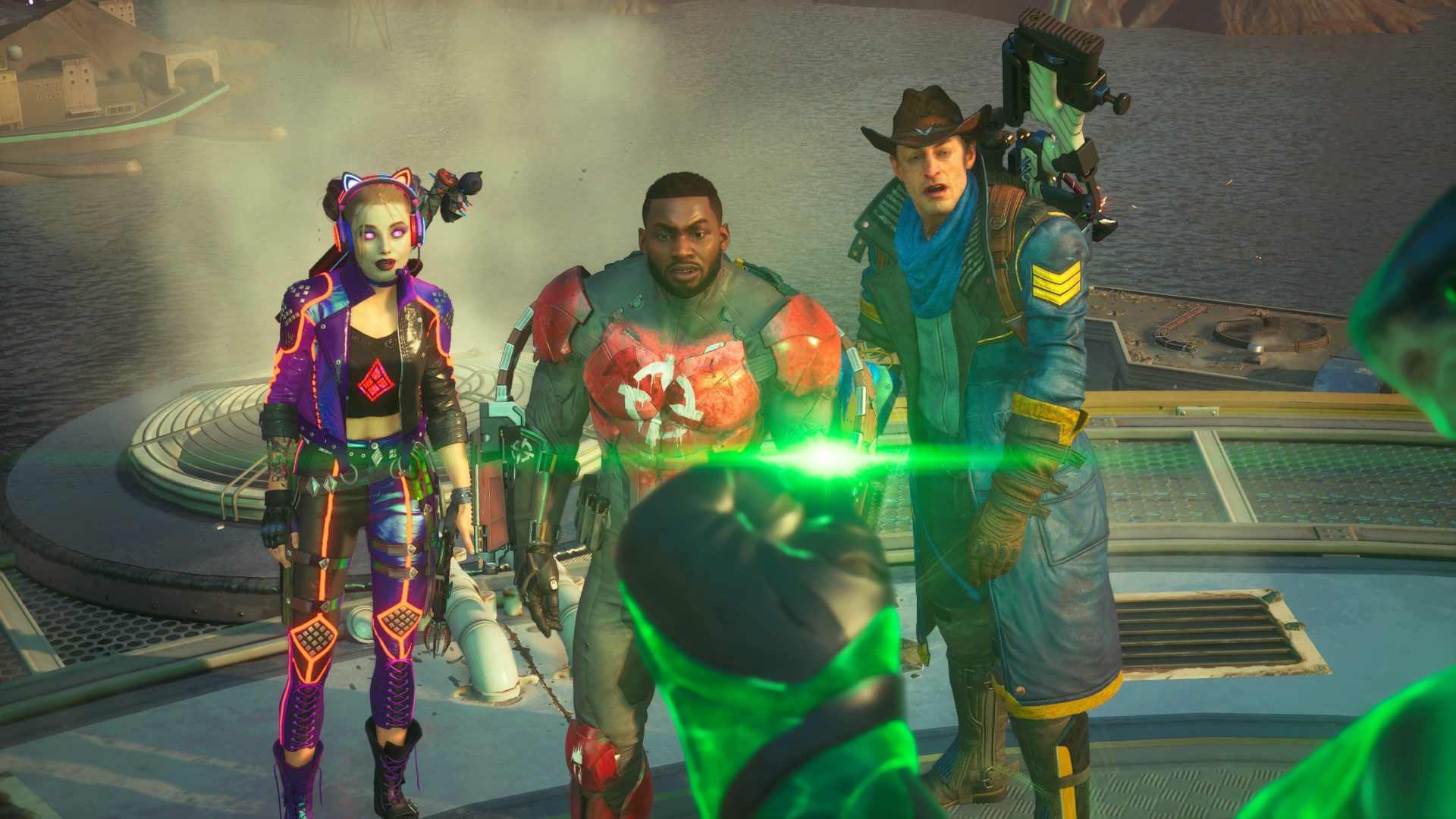
The depiction of the League is great, but their boss encounters make the feel more like geeks than gods
While interacting with the game’s systems may feel like an affront to what came before, the production value and story at the heart of the experience feel far more like the Rocksteady of old. Top to bottom, Suicide Squad’s visuals are on a completely different level, particularly when it comes to character models and animations. The four main players all look phenomenal, both in terms of fidelity and design, while the world itself is filled with colour and life, even if it’s ultimately a façade. Watching a close up of Harley Quinn’s face move realistically as she spoke never got old, especially when the Tara Strong’s performance is so exceptional.
Front to back, the voice work is top tier, from Samoa Joe’s dopey-yet-intelligent King Shark, right through to the Aussie slang thrown around by Daniel Lapaine as Boomer. The undeniable standout, however, is the late, great Kevin Conroy in his final roll as Batman. Eating up every single line of dialogue, you could tell Conroy was having a blast exploring this villainous Bats. A true great who is deeply missed.
It has a deeply unsatisfying ending thanks to an endgame setup that is devoid of all creativity, but the narrative mostly hit, for me at least. This is largely thanks to some solid writing that made me care about the Squad, and even had me laughing throughout the majority of the 13-hour runtime. I don’t know where this leaves the Arkhamverse, and I sympathise with those who will undoubtedly bounce off the plot, but I was satisfied with the comedic tale that I was dragged through.
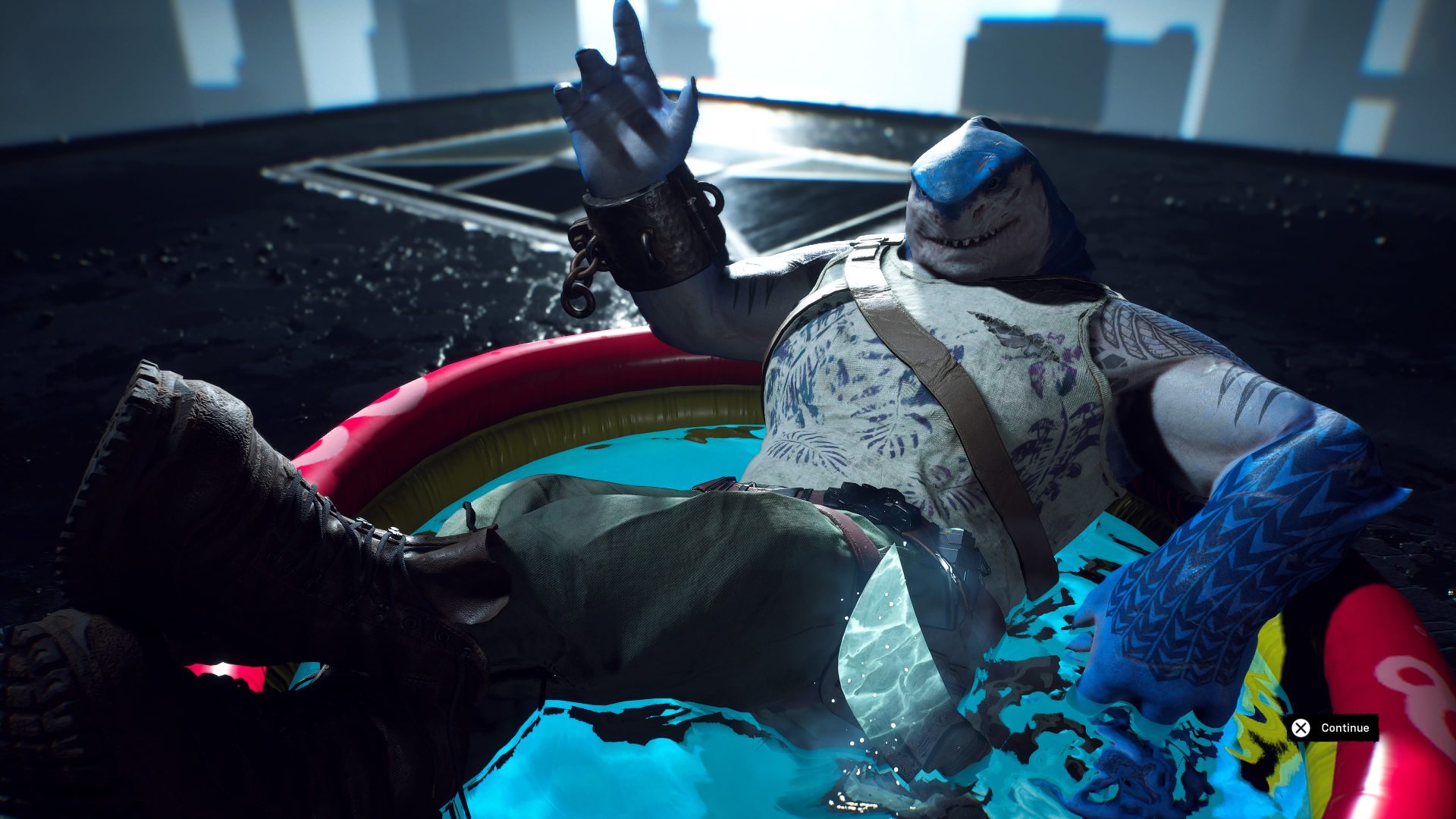
King Shark in a blow-up pool is funny, but the appeal is lost after seeing it for the fiftieth time between missions
Final Thoughts
I don’t think that the live service formula is inherently awful. I’ve enjoyed plenty in the past and I’m sure I’ll enjoy plenty more before the bubble bursts, but that model just doesn’t work for everything. In fitting the Arkhamverse’s square peg into the live service round hole, almost everything that made Rocksteady’s immaculate rendition of the superhero fantasy has been lost. Instead of taking iconic characters and building systems around them, a viciously repetitive and monotonous shooter was developed and characters with name recognition were taped onto it. Fundamentally I think this concept could’ve worked on some level, but the culmination of too many poorly conceived ideas has left us with a very pretty disaster that will more than likely kill a once-perfect series.
Reviewed on PS5 // Review code supplied by publisher
Click here for more information on WellPlayed’s review policy and ethics

- Rocksteady Studios
- Warner Bros. Games
- PS5 / Xbox Series X|S / PC
- February 3, 2024



Adam's undying love for all things PlayStation can only be rivalled by his obsession with vacuuming. Whether it's a Dyson or a DualShock in hand you can guarantee he has a passion for it. PSN: TheVacuumVandal XBL: VacuumVandal Steam: TheVacuumVandal





